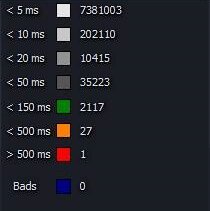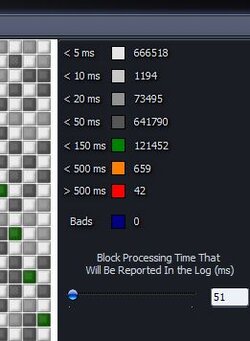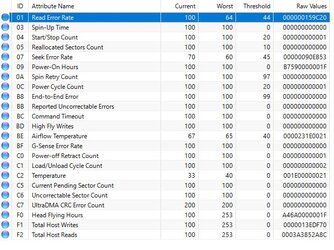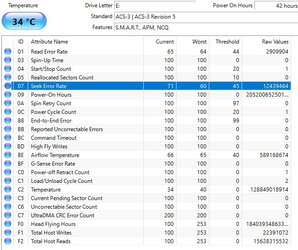I have bought a Seagate 4TB Ironwolf HDD to replace my previous WD Blue which had a lot of slow sectors, but it seems like no matter how many times I run Read tests using HDDScan there'd be 1 sector that's >500ms. This is a screenshot of the Read test result.

I'm 38% in on my Verify test and there are about 40 sectors of >500ms.

Is this normal?
It feels really frustrating why this has happened twice in a row, and Ironwolf is supposedly a better quality line of drives under Seagate. For what it's worth, this drive passes Seatools long generic. But I'm not sure if I can trust Seatools.

I'm 38% in on my Verify test and there are about 40 sectors of >500ms.

Is this normal?
It feels really frustrating why this has happened twice in a row, and Ironwolf is supposedly a better quality line of drives under Seagate. For what it's worth, this drive passes Seatools long generic. But I'm not sure if I can trust Seatools.

